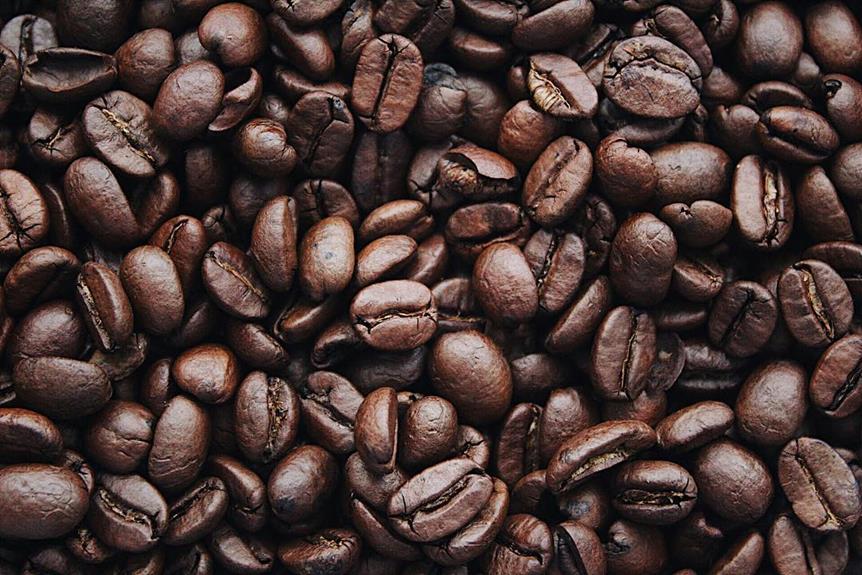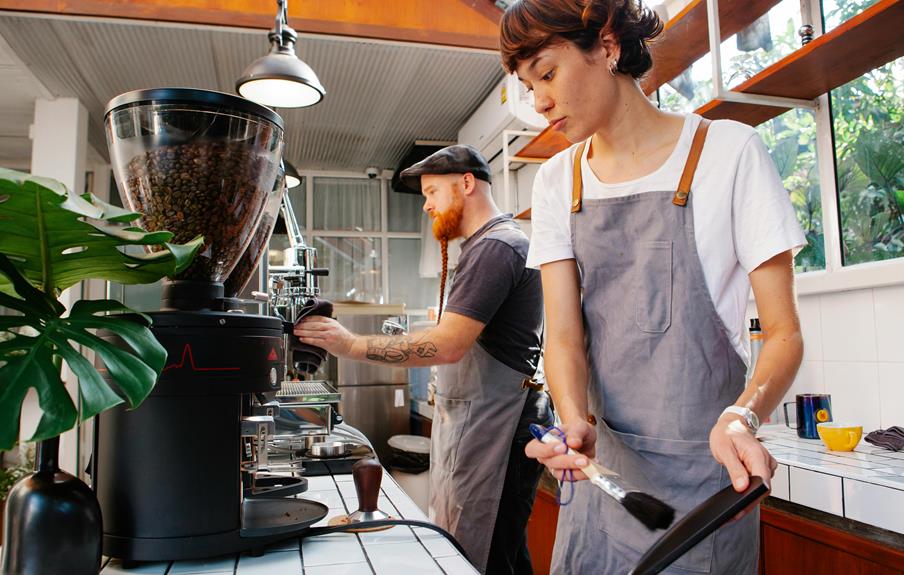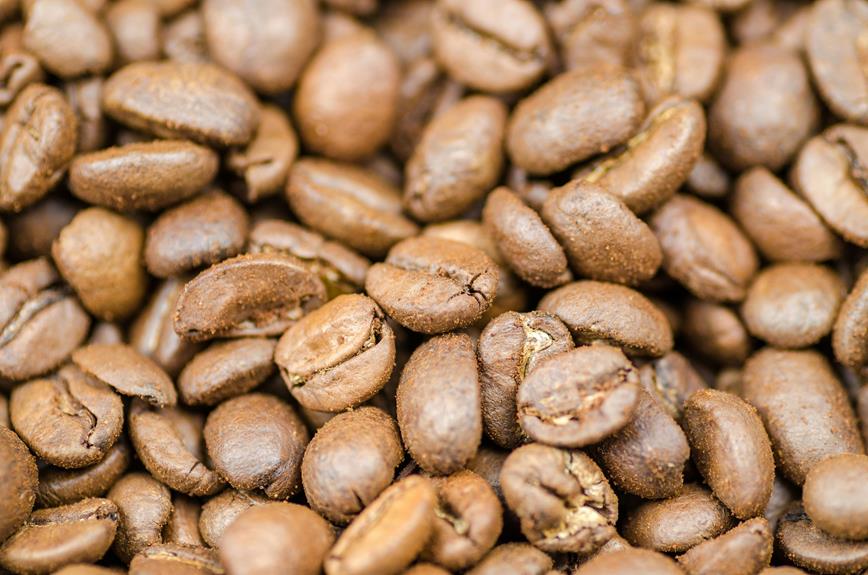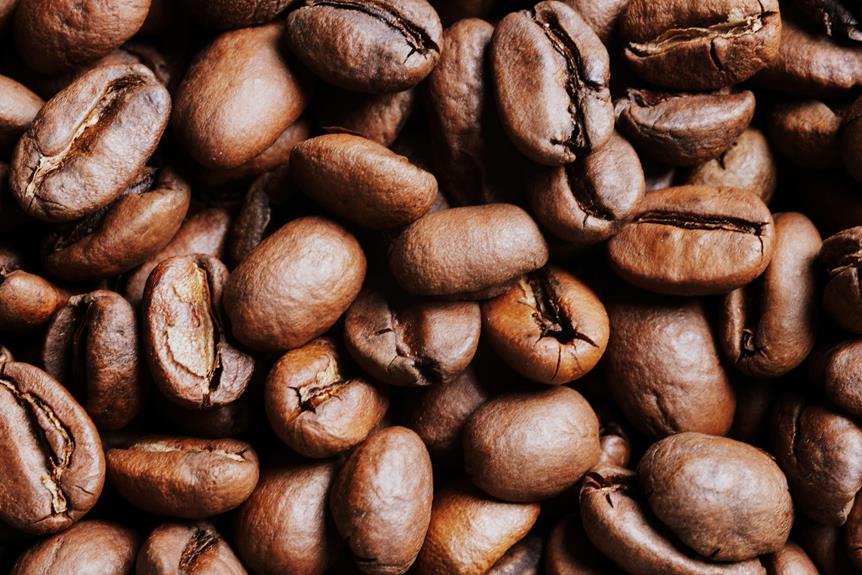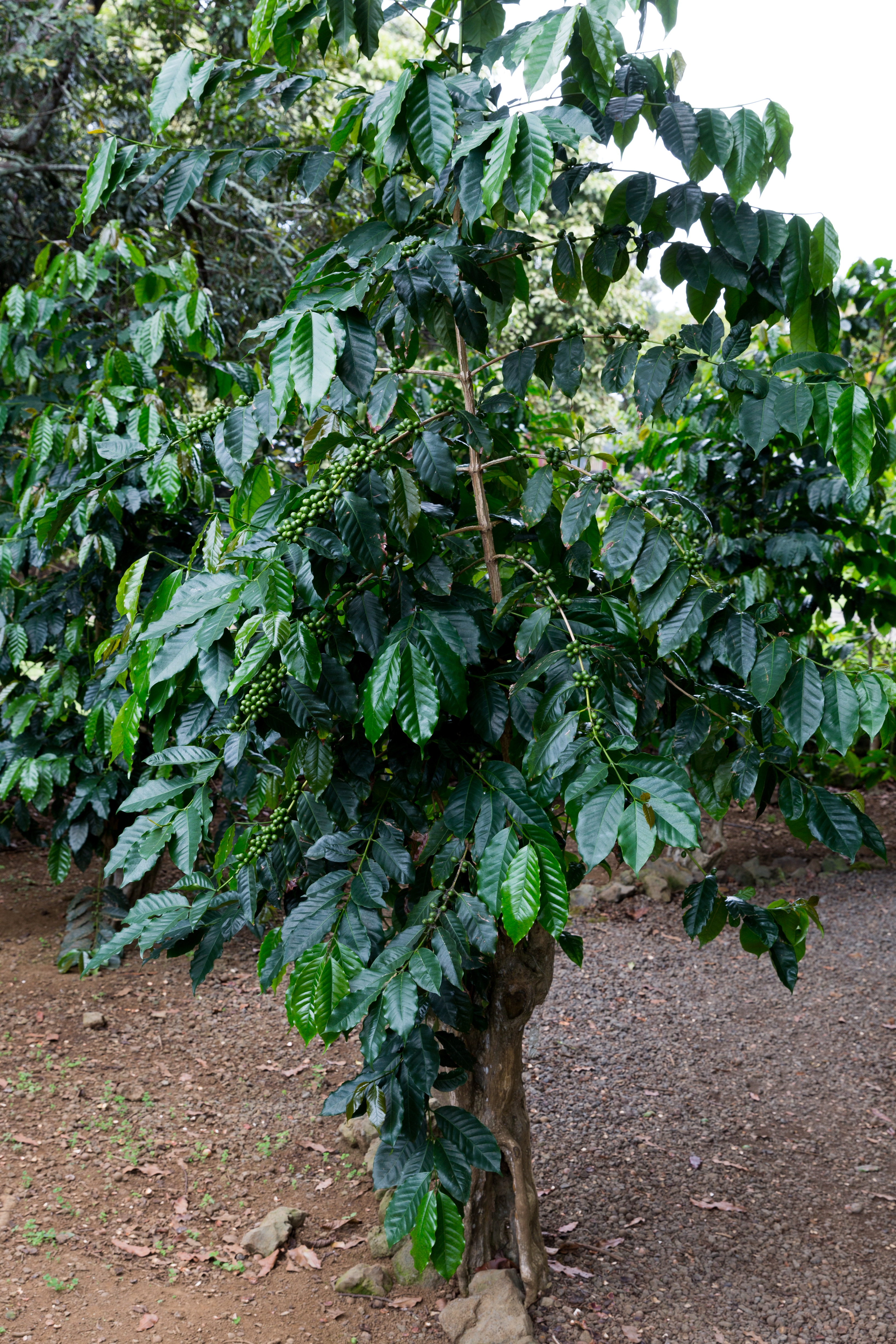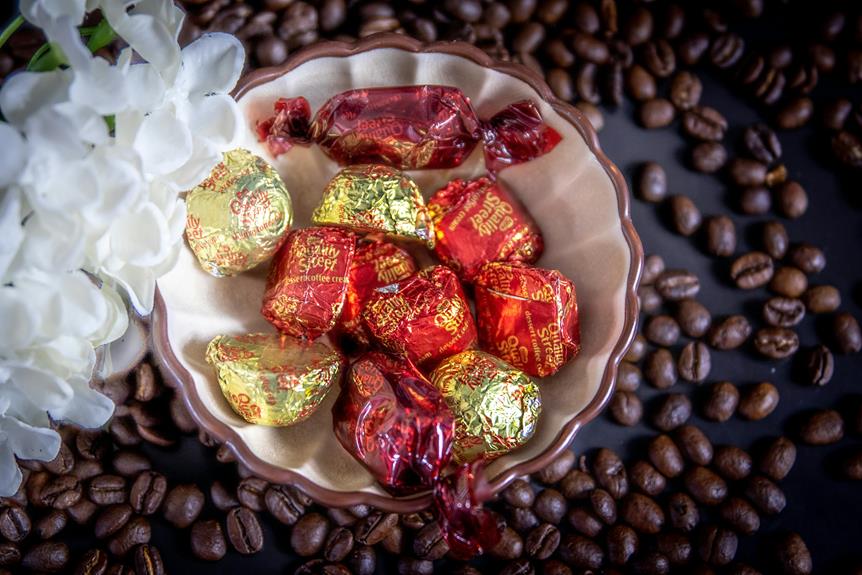As you explore the world of coffee, you'll discover that single-origin coffee is more than just a cup – it's an experience. It's coffee beans from a single geographic location, like a specific farm or region, showcasing unique flavor profiles and nuances. From bright, fruity notes to mellow, nutty flavors, each region or farm has its distinct characteristics. By embracing single-origin coffee, you're not only treating your taste buds but also supporting small-scale farmers, preserving cultural heritage, and promoting sustainable practices. As you take a sip, you're about to uncover the rich stories behind each cup – and that's just the beginning.
Key Takeaways
- Single-origin coffee comes from a single geographic location, such as a farm, region, or country, showcasing distinct flavor profiles.
- Each region or farm has unique flavor layers, like a fingerprint, making every cup a story of its origin.
- Transparency in sourcing and certification ensures farmers receive fair prices, and consumers get high-quality, sustainable coffee.
- Single-origin coffee empowers small-scale farmers, preserves heirloom varieties, and celebrates coffee cultures from around the world.
- By choosing single-origin coffee, consumers support environmentally friendly practices, fair trade, and the preservation of cultural heritage.
Defining Single-Origin Coffee
When you're browsing a coffee shop's menu or reading the label on a bag of beans, you may have come across the term 'single-origin coffee,' but what exactly does it mean?
In simple terms, single-origin coffee refers to coffee beans that come from a single geographic location, such as a specific farm, region, or country. This means that the coffee you're drinking is a product of one specific place, rather than a blend of beans from multiple locations.
To verify authenticity, many coffee roasters and aficionados visit the farms where their coffee is grown. These farm visits allow them to develop a deeper understanding of the coffee's origins and the people involved in its production.
Flavor Profiles and Nuances
As you explore single-origin coffee, you'll discover that the unique flavor profiles and nuances of each region or farm shine through in every cup.
The distinct characteristics of each coffee are like a fingerprint – unique to its origin. For instance, Ethiopian coffee is known for its bright, fruity notes, while Brazilian coffee is often characterized by its mellow, nutty flavor.
As you venture deeper into the world of single-origin coffee, you'll start to appreciate the subtle nuances that set each region apart.
You'll detect flavor layers that are both complex and harmonious, with bean notes that range from sweet and chocolatey to bright and citrusy.
The beauty of single-origin coffee lies in its ability to tell a story through flavor, transporting you to the rolling hills of Colombia or the lush forests of Kenya.
The Transparency Revolution
By demanding more openness from coffee producers and traders, you're driving a transparency revolution that's changing the way single-origin coffee is sourced and sold. This shift towards transparency is vital in making certain that high-quality beans reach your cup. As a conscious consumer, you're pushing the industry to adopt more accountable practices.
Three key aspects of the transparency revolution are:
Blockchain tracking: This innovative technology allows for secure, tamper-proof tracking of coffee beans from farm to cup. It verifies that the coffee's origin, quality, and movement can be traced and validated.
Supply chain visibility: With transparency, you can see exactly who's involved in the supply chain, from farmers to roasters. This increased visibility helps eliminate middlemen, guaranteeing that farmers receive fair prices for their hard work.
Certification and standards: Transparent sourcing encourages third-party certification bodies to establish and enforce rigorous standards. This safeguards that coffee meets specific quality, sustainability, and social responsibility criteria.
Supporting Small-Scale Farmers
You're helping to empower small-scale farmers, who grow over 70% of the world's coffee, by choosing single-origin coffee that guarantees they receive a fair price for their high-quality beans.
By doing so, you're supporting Fair Trade practices that guarantee these farmers earn a living wage, allowing them to reinvest in their farms and communities. This, in turn, promotes Local Empowerment, enabling farmers to take ownership of their production and make informed decisions about their crops.
Single-origin coffee also promotes direct trade, which eliminates intermediaries and allows farmers to receive a higher percentage of the profit.
This increased income enables farmers to invest in their farms, improve their livelihoods, and contribute to the local economy.
Preserving Heirloom Varieties
Single-origin coffee allows you to savor unique flavor profiles from rare, heirloom coffee varieties that might otherwise be lost forever.
By preserving these varieties, you're not only treating your taste buds to something special, but you're also contributing to the preservation of genetic diversity in coffee.
This is vital, as the loss of diversity can make coffee more vulnerable to diseases and pests, threatening the entire industry.
Preservation of cultural heritage: Heirloom varieties are often tied to specific regions and communities, preserving cultural heritage and traditional farming practices.
Genetic diversity: Heirloom varieties offer a unique genetic makeup, which is essential for the long-term health and resilience of the coffee industry.
Unique flavor profiles: Heirloom varieties offer distinct flavor profiles, allowing you to experience the full range of coffee's complexity and nuance.
Celebrating Coffee Cultures
As you explore the world of single-origin coffee, you'll discover that each region's unique cultural practices and traditions are woven into the fabric of its coffee culture.
From the vibrant ceremonial coffee traditions of Ethiopia to the rich coffee heritage of Latin America, every region has its own distinct flavor profile shaped by its cultural identity.
You'll experience the rich aroma of Colombian coffee, infused with the warmth of family gatherings and lively music.
In Hawaii, you'll find a cultural fusion of Asian, European, and Native American influences in the coffee plantations.
As you dig deeper, you'll uncover the intricate coffee traditions that have been passed down through generations, blending seamlessly with modern innovations.
This cultural fusion is what makes single-origin coffee so remarkable, allowing you to taste the essence of a region's history, people, and land in every cup.
The Sustainability Factor
How do your daily coffee habits impact the environment, and what role do sustainable practices play in the production of single-origin coffee? As you savor your morning cup, you mightn't think about the environmental consequences of your coffee addiction. However, the truth is that the coffee industry has a significant carbon footprint, from farming and processing to transportation and packaging.
Fortunately, single-origin coffee producers are increasingly adopting eco-friendly practices to reduce their environmental impact.
Sustainable farming methods: Shade-grown coffee, organic farming, and permaculture practices reduce the use of chemical pesticides and fertilizers, preserving biodiversity and soil health.
Renewable energy: Coffee mills and farms are shifting to renewable energy sources, such as solar and hydro power, to reduce their reliance on fossil fuels.
Minimal waste and recycling: Producers are implementing waste reduction and recycling programs to minimize packaging waste and reduce landfill contributions.
Elevating Your Coffee Game
With every sip, you're not just indulging in a flavorful ritual, but also presented with an opportunity to refine your coffee connoisseurship.
As you venture into the world of single-origin coffee, you're invited to elevate your coffee game by exploring new coffee rituals and bean exploration.
Experiment with different brewing methods to reveal the unique characteristics of each bean.
Try pour-over, French press, or Aeropress to experience the distinct flavor profiles of your favorite single-origin coffee.
You might discover that a particular brewing method brings out the bright, fruity notes of an Ethiopian coffee or the rich, chocolatey undertones of a Brazilian coffee.
Take your coffee game to the next level by exploring different roast levels, from light to dark.
Notice how the flavor profiles change as you move along the roast spectrum.
By doing so, you'll develop a deeper understanding of the coffee's origin, processing methods, and the art of roasting.
With each new discovery, your coffee rituals will become more intentional, and your appreciation for the craft will grow.
Conclusion
You've discovered the world of single-origin coffee, where every sip is a journey.
You've discovered the nuances of flavor, the transparency of sourcing, and the impact on small-scale farmers and the environment.
By choosing single-origin, you're not only elevating your coffee game but also preserving cultural heritage and promoting sustainability.
So go ahead, savor the flavors, and indulge in the rich stories behind every bean.
Your taste buds – and the coffee world – will thank you.

